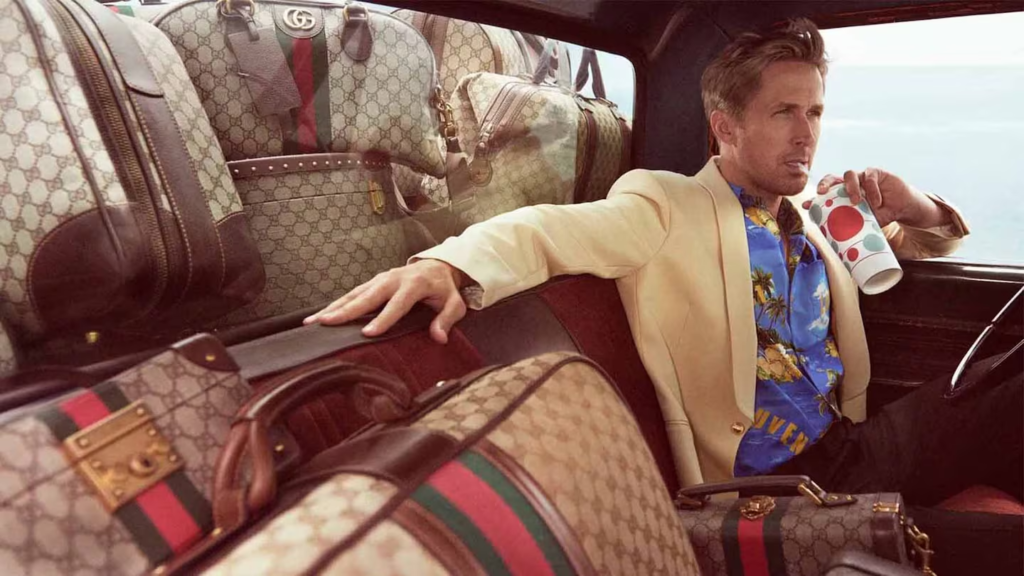Exclusivity is the cornerstone of luxury branding, creating an allure that makes high-end products highly desirable. Unlike mass-market brands that aim for widespread 名牌網店 availability, luxury brands carefully control supply, access, and experiences to maintain an aura of prestige. This strategy not only elevates perceived value but also fosters deep emotional connections with consumers who seek distinction and status. By leveraging limited availability, personalized experiences, and strategic pricing, luxury brands successfully drive high-end sales while preserving their elite status.

One of the most effective ways luxury brands use exclusivity is through limited product availability. By producing only a select number of items, brands create scarcity, which fuels demand. Hermès’ Birkin bag is a prime example—customers often wait years to purchase one, making it even more desirable. Similarly, Rolex deliberately restricts the supply of certain watch models, ensuring that their products retain value and exclusivity. This strategy not only sustains high prices but also fosters a sense of privilege among those who own these coveted items.
Beyond product scarcity, luxury brands create exclusivity through personalized customer experiences. High-end brands offer VIP treatment, private shopping appointments, and bespoke services to cater to their elite clientele. For instance, Louis Vuitton provides custom-made products tailored to individual preferences, making each purchase feel unique and special. By offering tailored services, luxury brands deepen customer loyalty and reinforce the idea that their products are not just commodities but symbols of status and individuality.
Luxury brands also use high pricing as a deliberate strategy to maintain exclusivity. Unlike discount-driven mass-market brands, luxury companies rarely lower their prices, ensuring that only a select group of consumers can afford their products. This pricing strategy reinforces the idea that luxury is reserved for a privileged few. For example, brands like Chanel and Gucci frequently increase their prices to maintain their elite positioning. The higher the price, the more exclusive the brand appears, making it even more attractive to affluent consumers.
Strategic partnerships and private events further enhance exclusivity. Luxury brands often collaborate with renowned designers, artists, or celebrities to create limited-edition collections. These collaborations generate excitement and drive demand among high-net-worth individuals. Additionally, private fashion shows, invitation-only brand experiences, and elite membership programs, such as American Express’s Centurion Card, make customers feel like they belong to an exclusive club. These strategies strengthen brand loyalty and reinforce the perception of luxury as an elite experience.
In the digital age, maintaining exclusivity while expanding reach presents a challenge. However, luxury brands have successfully navigated this by using digital platforms selectively. Instead of mass marketing, they engage with consumers through private online shopping portals, exclusive social media content, and members-only e-commerce experiences. For example, some luxury brands offer limited product drops to their most loyal customers before making them available to the public. By combining traditional exclusivity strategies with digital finesse, luxury brands continue to drive high-end sales while preserving their prestigious image.